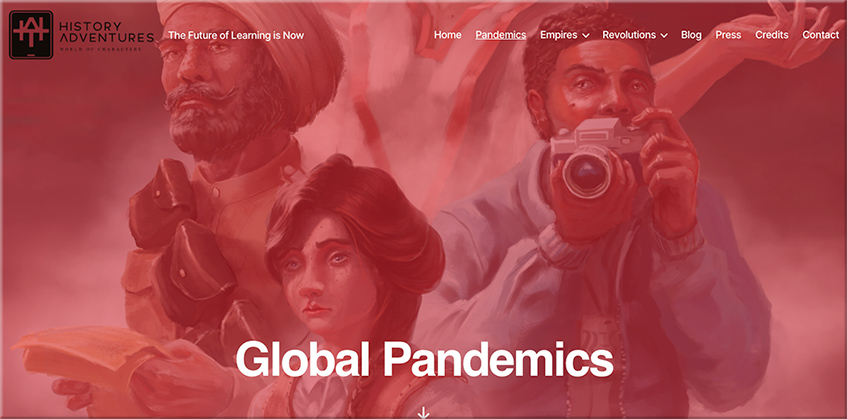Conduct Your Own Virtual Orchestra In Maestro VR — from vrscout.com by Kyle Melnick
Niantic moves beyond games with Lightship AR platform and a social network — from theverge.com by Alex Heath
The maker of Pokémon Go is releasing its AR map for other apps and a location-based social network called Campfire
Excerpt:
Niantic made a name for itself in the mobile gaming industry through the enduring success of Pokémon Go. Now the company is hoping to become something else: a platform for other developers to build location-aware AR apps on top of.
disguise launches Metaverse Solutions division enabling next-level extended reality experiences — from etnow.com
Excerpt:
UK – disguise, the visual storytelling platform and market leader for extended reality (xR) solutions has launched its Metaverse Solutions division to enable the next generation of extraordinary live, virtual production and audiovisual location-based experiences for the metaverse.
The recent rise of real-time 3D graphics rendering capabilities in gaming platforms means that today’s audiences are craving richer, more immersive experiences that are delivered via the metaverse. While the metaverse is already defined as an $8 trillion dollar opportunity by Goldman Sachs, companies are still finding it challenging to navigate the technical elements needed to start building metaverse experiences.
On this item, also see:
disguise launches Metaverse Solutions division — from televisual.com by
Excerpt:
“Our xR technology combines key metaverse building blocks including real-time 3D graphics, spatial technologies and advanced display interfaces – all to deliver a one-of-a-kind gateway to the metaverse,” says disguise CXO and head of Metaverse Solutions Alex Wills.
















